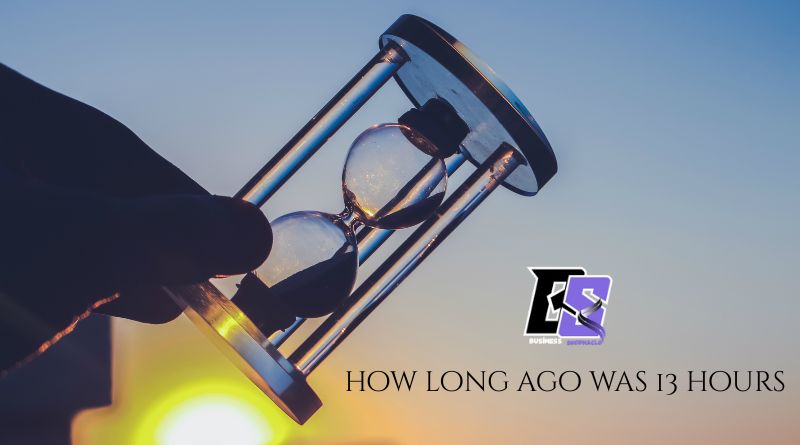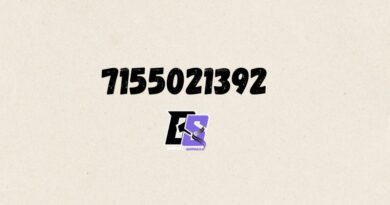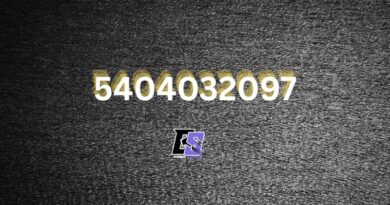How Long Ago Was 13 Hours
Understanding time differences can be surprisingly tricky when you need to calculate them in everyday life. Whether you are planning your schedule, coordinating with people in other time zones, or just curious about an earlier event, knowing how long ago was 13 hours can help you manage your day more effectively. This article explores the concept of a 13-hour gap, providing practical examples and tips to make time calculations easier.
Table of Contents
ToggleUnderstanding the Concept of a 13-Hour Gap
When someone asks how long ago was 13 hours, they are essentially trying to measure a specific duration backward from the current moment. A 13-hour span is slightly more than half a day, which means it often crosses from one part of the day into another—for example, from late night into early afternoon. Calculating this difference requires nothing more than subtracting 13 hours from the present time, but it’s important to consider whether you are using a 12-hour or 24-hour clock format. This simple math helps avoid confusion and keeps your schedule accurate.
Converting 13 Hours to Everyday Context
To better grasp how long ago was 13 hours, it helps to translate the duration into real-life situations. Imagine it is 10:00 a.m. now; 13 hours ago would place you at 9:00 p.m. the previous evening. Similarly, if it’s currently midnight, the event you are tracking happened at 11:00 a.m. the day before. This understanding is particularly helpful for travelers, shift workers, or anyone juggling multiple tasks across different times of the day. Recognizing that 13 hours represents more than half of a full day allows you to plan sleep cycles, work shifts, and personal activities with clarity.
Importance of Accurate Time Calculation
Knowing precisely how long ago was 13 hours matters in many scenarios. For instance, professionals working with international colleagues often need to convert time differences to schedule meetings. A simple miscalculation can mean missing an important call. Similarly, people monitoring medication schedules or tracking exercise routines rely on accurate timing to stay consistent and safe. Being able to confidently state that something occurred 13 hours ago ensures you maintain punctuality and reliability in both personal and professional life.
Tips for Quick Calculation
- To avoid mistakes while figuring out how long ago was 13 hours, try these easy strategies:
Use Digital Tools: Smartphones and smartwatches can automatically calculate time differences, saving you the mental math. - Think in Blocks: Break the 13 hours into smaller segments like 6 + 6 + 1. For example, subtract six hours, then another six, and finally one more to reach the correct time.
- Rely on the 24-Hour Clock: This format eliminates the confusion between a.m. and p.m., making it clearer to know exactly when an event happened.
Practical Examples in Daily Life
Consider a situation where a friend sends you a message at 7:00 p.m., and you read it the next morning at 8:00 a.m. You might wonder how long ago was 13 hours from your current time. By subtracting 13 from 8:00 a.m., you would find that the message was sent at around 7:00 p.m., perfectly matching the original sending time. Similar logic applies to cooking preparations, long-distance phone calls, or even tracking how long food has been refrigerated.
Final Thoughts
Understanding how long ago was 13 hours is more than a simple math exercise—it is a valuable life skill. From meeting deadlines to keeping personal commitments, accurately gauging a 13-hour time gap helps maintain organization and efficiency. By practicing basic subtraction, using digital tools, and adopting a 24-hour mindset, anyone can quickly and confidently determine when an event occurred 13 hours in the past.
read also: blogsternation .com




